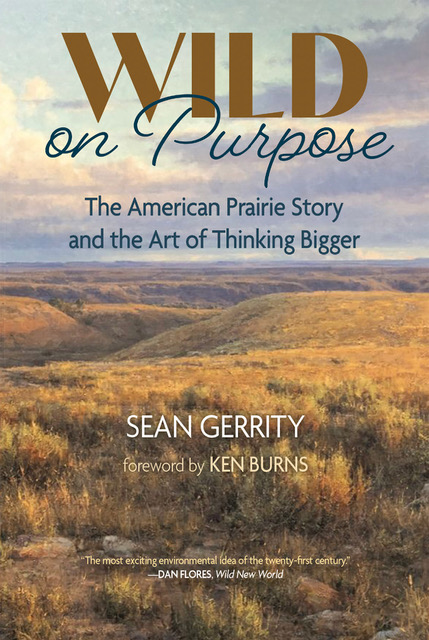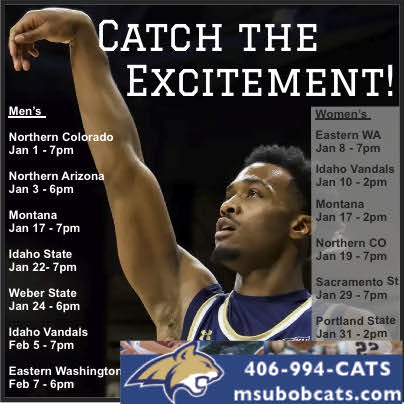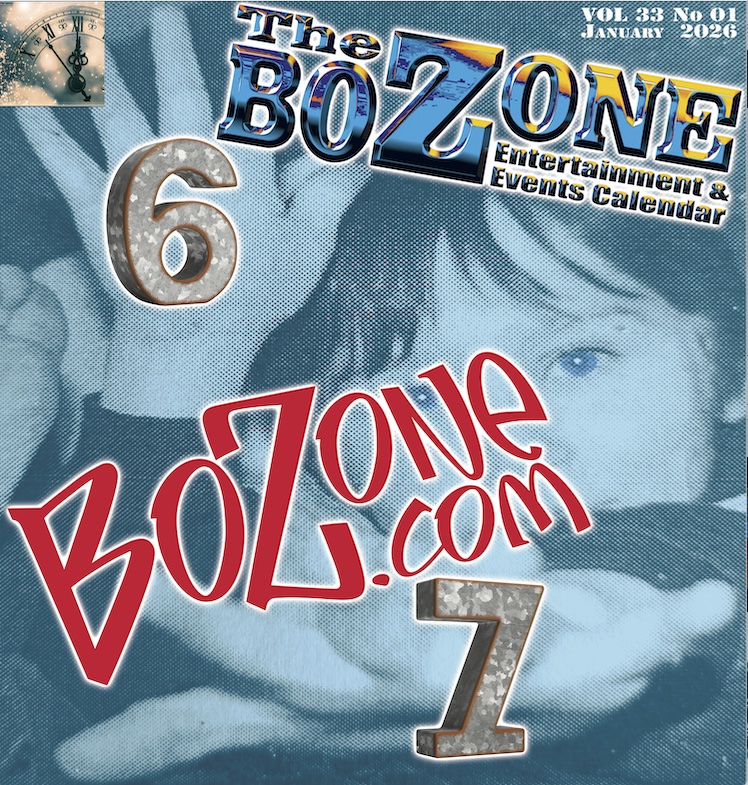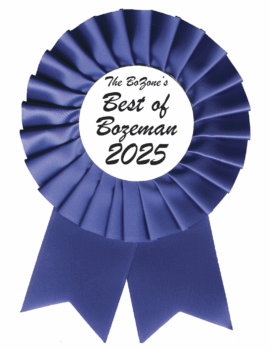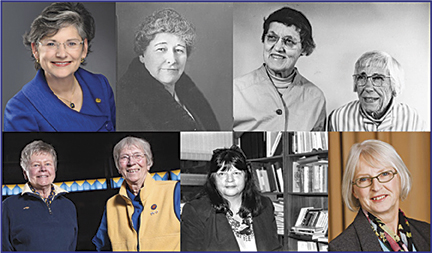 by Carol Schmidt
by Carol Schmidt
MSU Mountains & Minds, Fall 2018
“Let me tell you a story.” It’s among the most resonant phrases in any language. Now imagine the power of multiplying that phrase by 125.
That’s what Montana State University did recently as it honored 125 women who have impacted the university, the community and the state from the institution’s inception in 1893 to the present day. Together, the stories weave a rich tapestry representing the institution’s history.
Or make that HERstory, the informal name of the “Extraordinary, Ordinary Women of MSU,” an effort of the President’s Commission on the Status of University Women. As part of MSU’s 125th anniversary, the commission sought nominations from the public of MSU-linked women who have made contributions to the university, community or state. In all, almost 400 nominations poured in from across the country. The community selected 125 women, choosing recipients to reflect all eras of the university’s history, areas of expertise, ethnicities and even ages.
If you start at the beginning, as stories often do, you would begin with Una Herrick, the university’s first dean of women students, who came to what was then called Montana State College in 1911. Herrick had been an actress in New York, but the death of her husband led her to seek another career. She was a forceful figure and passionate about the importance of women attending college. In 1913, Herrick organized the first vocational congress for high school women in the country at MSC. Her memory endures not only in the building that bears her name, but also in the Day of Student Recognition, an institution she developed that is celebrated to this day.
Then there’s Harriet Cushman, hired in 1922 by the Extension Service at Montana State College to be Montana’s first poultry specialist. One of just a handful of female poultry scientists in the country at the time, she successfully promoted a vibrant poultry industry to help Montanans get through the Great Depression and served as a champion for Native American rights.
From those beginnings, the list of honorees crisscrosses time to include scores of women of the modern era. This list ranges from astrophysicists to ceramicists, librarians to engineers, and vice presidents to policy changers.
Some of these awardees are acknowledged on a national platform. Certainly that is the case for Elouise Cobell, Blackfeet tribal elder, activist, banker and rancher who fought the federal government for more than a decade for reparations for the mismanagement of trust funds belonging to more than a half-million Native Americans. In 2010 the government approved a $3.4 billion settlement to American Indians across the country in the Cobell v. Salazar decision. Cobell died of cancer shortly after. A recipient of a MacArthur “genius” grant, she also received a posthumous Presidential Medal of Freedom award in 2016.
There are also stories that may be less known, but no less valiant, such as the story of Patricia Anderson, who retired from MSU in 1988 after more than 40 years as an adviser to student groups and activities. After years of living with bias against women in the workplace, she filed a suit against the university over a pattern of discrimination in pay practices and won a judgment against MSU in 1990. Her pioneering efforts have helped improve the working environment for women at MSU over the last three decades.
There is also Shyla Patera, the MSU graduate from Great Falls who has fought tirelessly to improve the rights of and services for the disabled in Bulgaria, Florida, Pennsylvania and now her native Montana, all while confined to a wheelchair by cerebral palsy.
The list could go on, and in fact it did on the first weekend of November at an event honoring the 125 “Extraordinary Ordinary Women” that was as understated yet noble as the women who were honored.
MSU President Waded Cruzado said the list shines the light of recognition and appreciation on women who have been leaders, problem solvers and innovators throughout the university’s history, whether they were widely recognized or were relatively unknown during their time on campus.
“This list, which is not exhaustive, demonstrates how the pivotal contributions of scores of brilliant MSU women made Montana State the dynamic university it is today,” Cruzado said. “It should also give us inspiration and hope for the future about how the daughters of the land-grant university in the future will excel in everything they do.”
To read about the Extraordinary Ordinary Women of MSU, go to www.montana.edu/125women.
NEW POSTS
- Locally inspired Irish fairytale screens in Livingston
- Doc Series profiles Brazilian activism, Mongolian herders
- Bridger music nights pour up ale & acoustics
- BFS fills calendar with films of international variety
- Friday Forum discusses ‘Expanding Access to Behavioral Health’
- BMM celebrates album release with regional tour
Contact Us
(o) 406.539.6730
info@bozone.com

